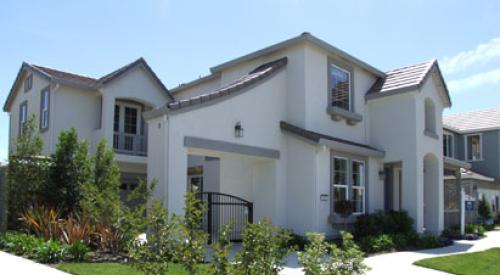| Roy Diez's Editorial Archives |
I remember it as if it were yesterday - Apollo 11 landing on the moon and Neil Armstrong stepping off the LEM to take that one "giant leap" for mankind. A giant leap it was and a most significant accomplishment for the nation.
This country has now achieved another highly significant, thought not as glamorous, an accomplishment - a homeownership rate in excess of 66 percent.
A recent report by the Joint Center for Housing Studies ("2000: The State of the Nation's Housing") details this achievement: "Powered by strong income and employment growth, the national homeownership rate reached a new annual high of 66.8 percent in 1999 and continues to climb across all geographic regions, age groups, and racial/ethnic groups."
Imagine, 66.8 percent homeownership rate for the entire nation -- more than two-thirds of all Americans with a vested interest in a home of their own. And, according to the report, minorities have accounted for nearly 40 percent of the net growth in home owners during the final half of the 1990s.
This accomplishment, at least in my estimation, ranks right up there with landing on the moon.
And, with continued increases in immigration and household formation, the demand for new homes and expansion of the homeownership dream can only continue to increase. Demographic studies show that the U.S. population, with 4 million births and 800,000 immigrants each year, will increase by 2.3 million a year over the next decade.
"Growth is inevitable," states a recently released joint policy state from a consortium of associations that includes the American Bankers Association, America's Community Bankers, the Mortgage Bankers Association of America, the National Association of Home Builders, and the National Association of Realtors.
Titled "Housing Policy for the 21st Century" this dramatic joint industry statement continues that, if growth is inevitable, then planning for growth is imperative.
Smart growth, in fact, is one of five major policy recommendations in the report. Key elements to a realistic Smart Growth strategy, according to the report, include:
In this election year, it's a national policy recommendation worth strongly supporting. Remember the pride in our early space accomplishments, broadcast the impressive national homeownership rate, and take immense pride in what our industry has accomplished for this nation.
Roy Diez is Associate Publisher & Director of Editorial for Professional Builder. Please e-mail him with questions of comments on his column.












